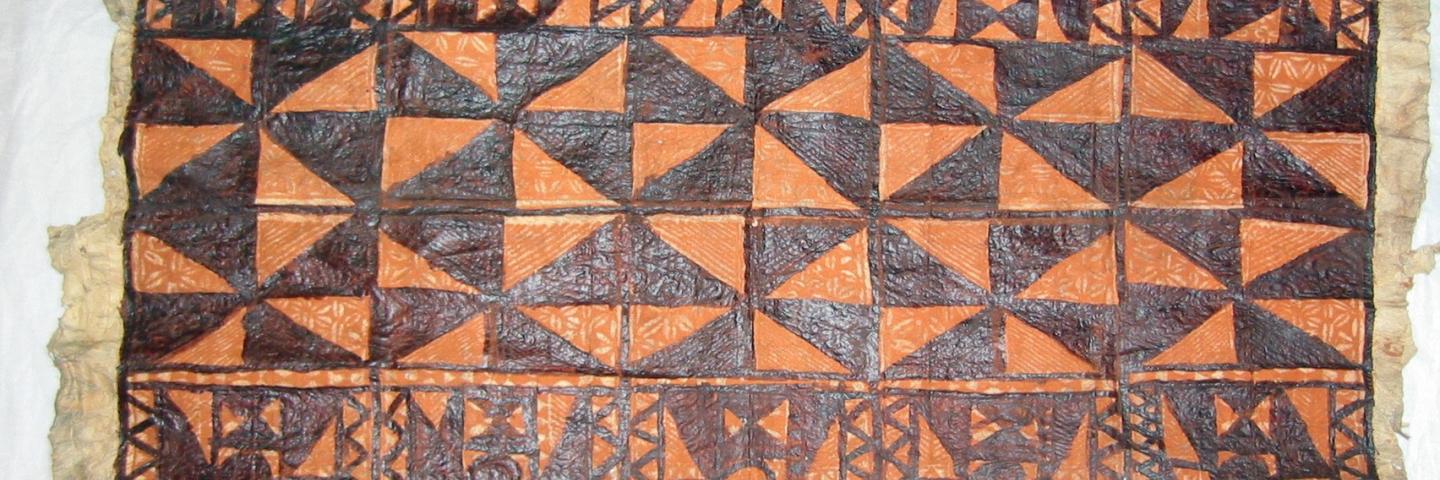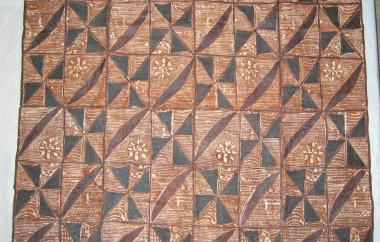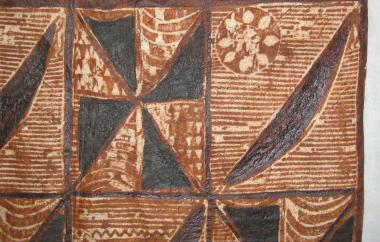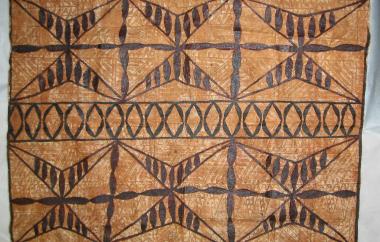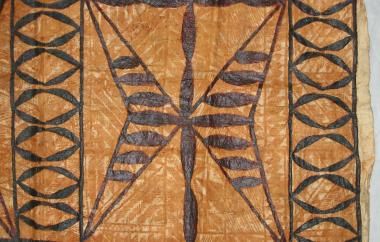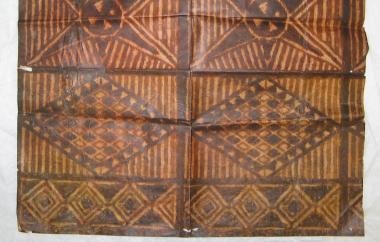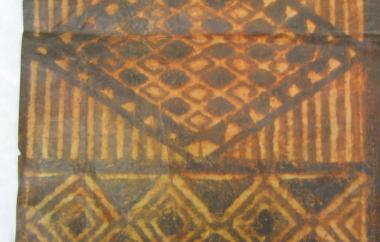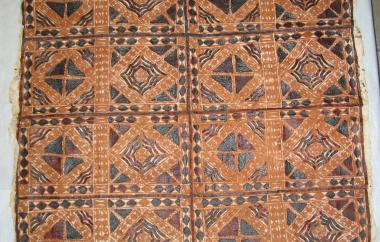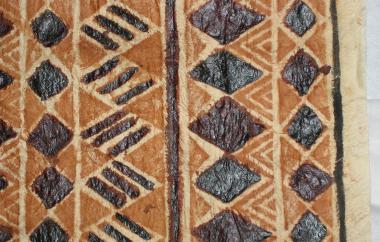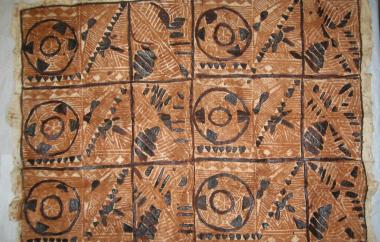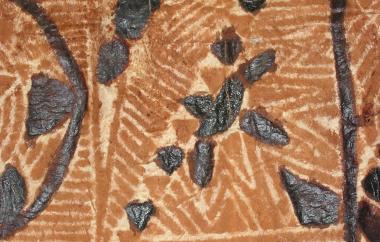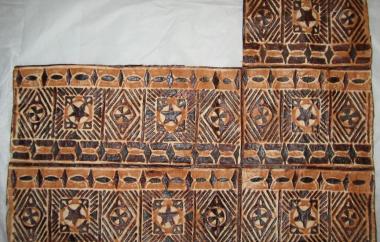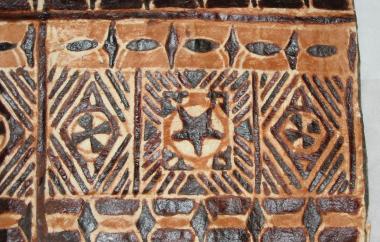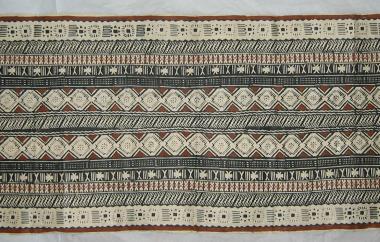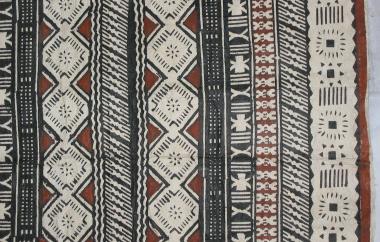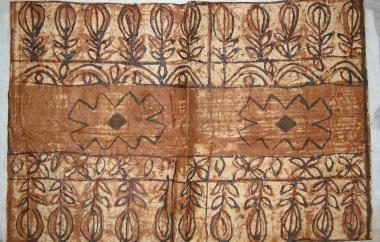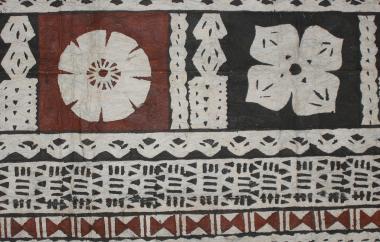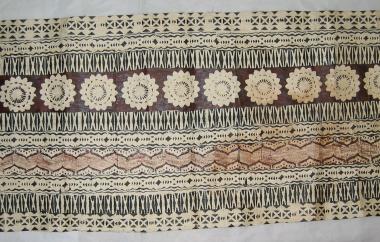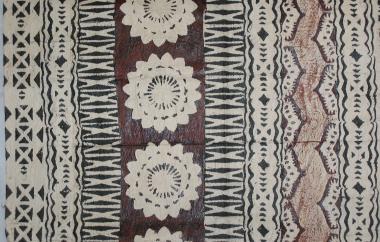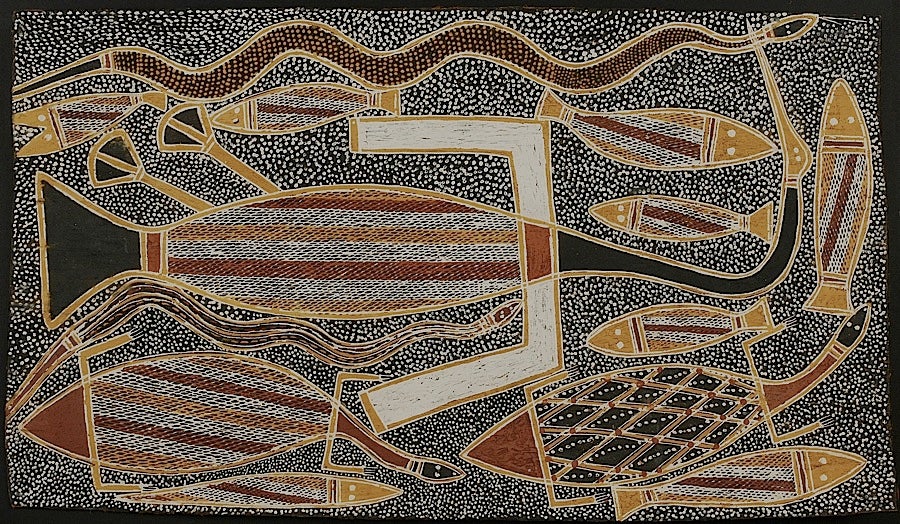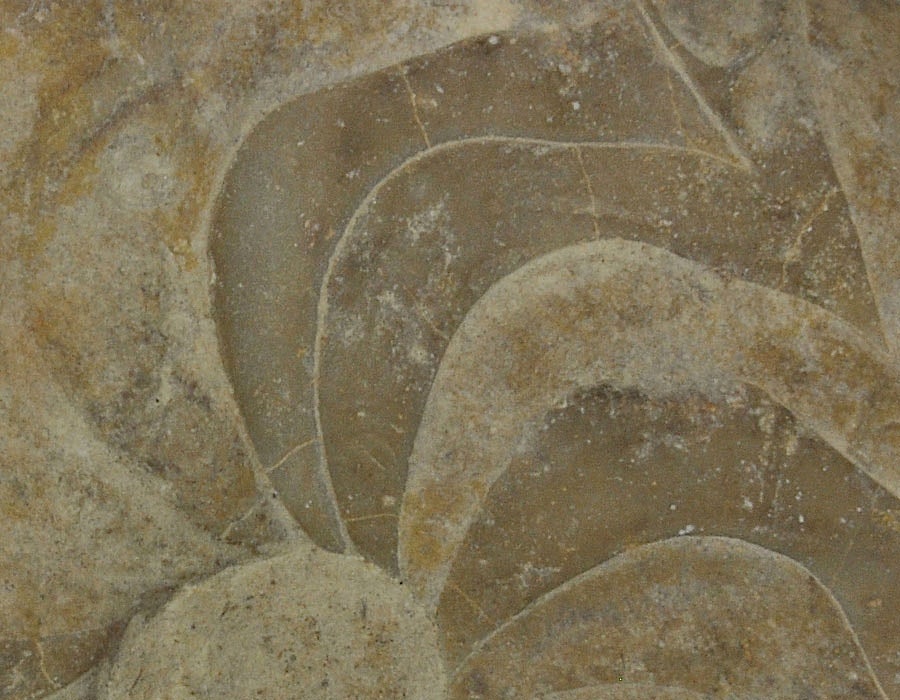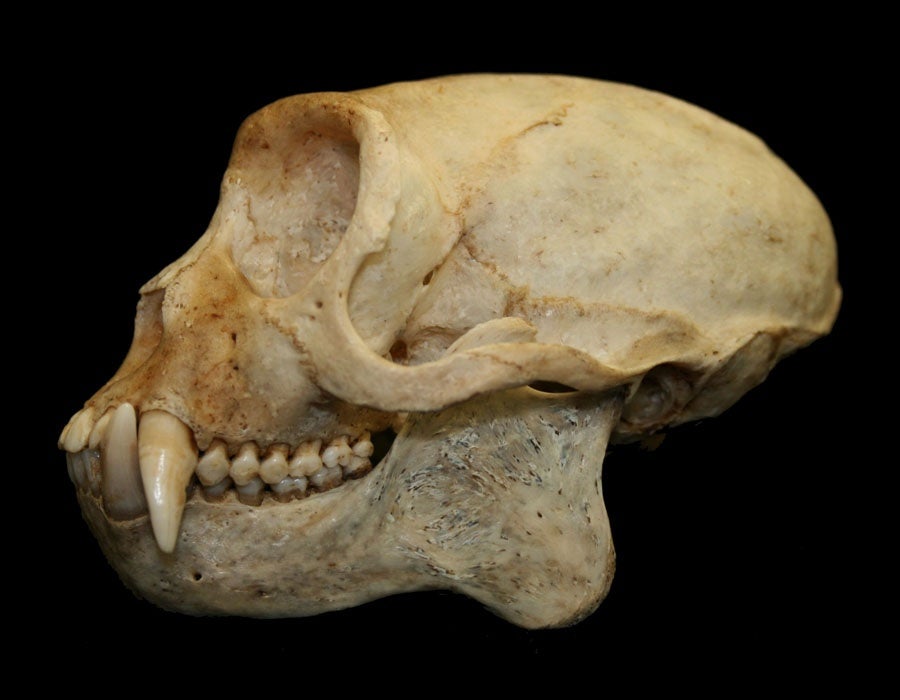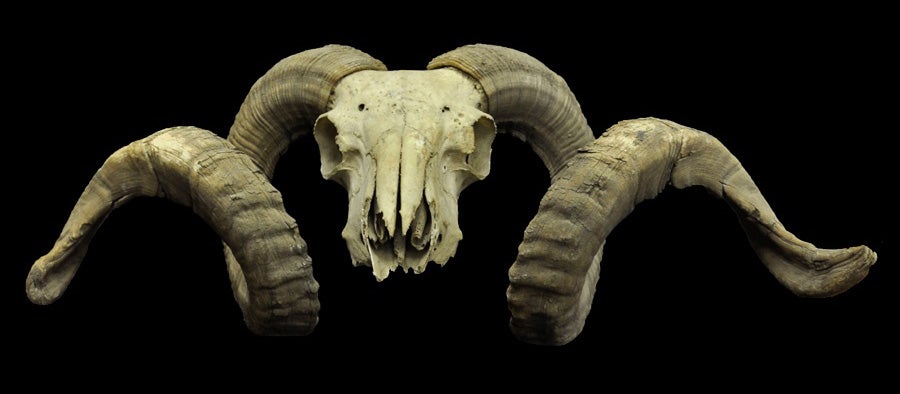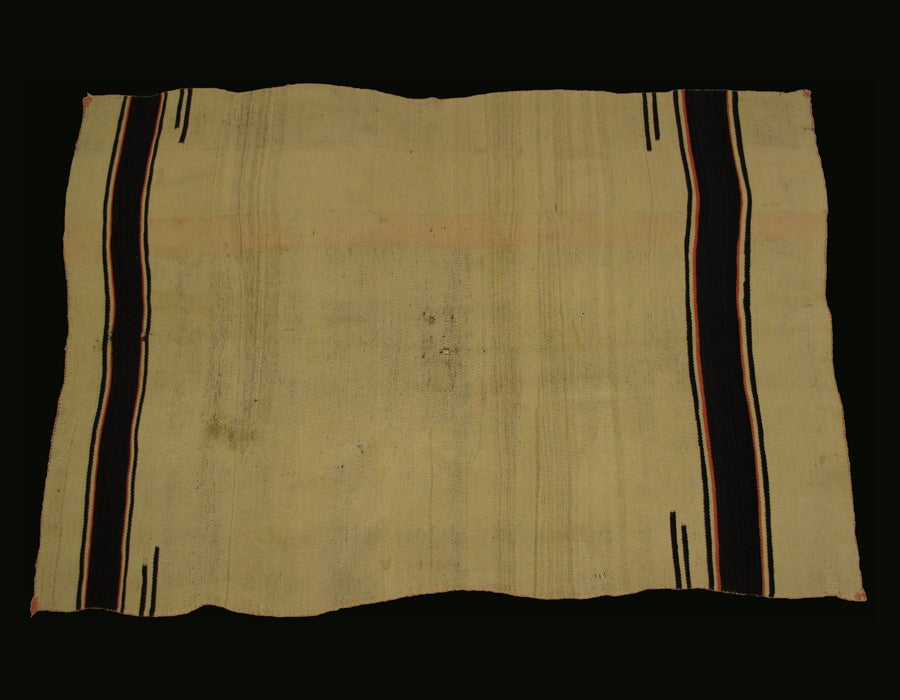Bark cloth, or tapa, is not a woven material, but is made from bark that has been softened through a process of soaking and beating. The inner bark is taken from several types of trees or shrubs, often mulberry and fig, and designs are applied with paints and vegetable dyes of light brown, red, and black. Bark cloth is manufactured for everyday needs such as room dividers, clothing, and floor mats, as well as ceremonial uses in weddings and funerals.
Though there are a variety of local names, the word tapa, originally from Tahiti, is commonly used to refer to bark cloth made all over the world. The Museum of Natural and Cultural History tapa collection includes more than 80 tapas, primarily from Polynesia, including the islands of Samoa, Tonga, Hawaii, and Tahiti. While tapa cloth is most often recognized as a Polynesian craft, it has also been made in South America, Indonesia, New Guinea, Melanesia, and parts of Africa; the museum’s collection includes tapas from Congo and Mozambique. The examples shown here reflect the varied designs and colors represented in the museum's holdings, from bold geometric patterns to detailed, stylized floral motifs. Images © UO Museum of Natural and Cultural History. Production of this gallery received generous funding from The Ford Family Foundation.
Catalog #7-38
Tapa Cloth
Apia, Island of Upolu, Samoa
Catalog #7-38
Tapa Cloth Detail
Apia, Island of Upolu, Samoa
Catalog #7-440
Tapa Cloth
American Samoa
Catalog #7-440
Tapa Cloth Detail
American Samoa
Catalog #7-441
Tapa Cloth Detail
American Samoa
Catalog #7-441
Tapa Cloth
American Samoa
Catalog #7-612
Printed paper
American Samoa
Catalog #7-612
Printed paper, detail
American Samoa
Catalog #7-722
Tapa Cloth
American Samoa
Catalog #7-722
Tapa Cloth Detail
American Samoa
Catalog #7-867
Tapa Cloth
American Samoa
Catalog #7-867
Tapa Cloth Detail
American Samoa
Catalog #7-868
Tapa Cloth
American Samoa
Catalog #7-868
Tapa Cloth Detail
American Samoa
Catalog #7-872
Tapa Cloth
American Samoa
Catalog #7-872
Tapa Cloth Detail
American Samoa
Catalog #7-989
Tapa Cloth
Fiji
Catalog #7-989
Tapa Cloth Detail
Fiji
Catalog #7-990
Tapa Cloth
Tonga
Catalog #7-990
Tapa Cloth Detail
Tonga
Catalog #7-991
Tapa Cloth
Fiji
Catalog #7-991
Tapa Cloth Detail
Fiji
Catalog #7-999
Tapa Cloth
Fiji
Catalog #7-999
Tapa Cloth Detail
Fiji
Catalog #7-1000
Tapa Cloth
Fiji
Catalog #7-1000
Tapa Cloth Detail
Fiji
Catalog #7-1223
Tapa Cloth
Samoa
Catalog #7-1223
Tapa Cloth Detail
Samoa
Catalog #7-1229
Tapa Cloth
Samoa
Catalog #7-1229
Tapa Cloth Detail
Samoa
Catalog #7-1204
Tapa Cloth, bought by Margaret Mead ca. 1925 for her then-husband, Luther Cressman, a founding director of the Museum.
Samoa
